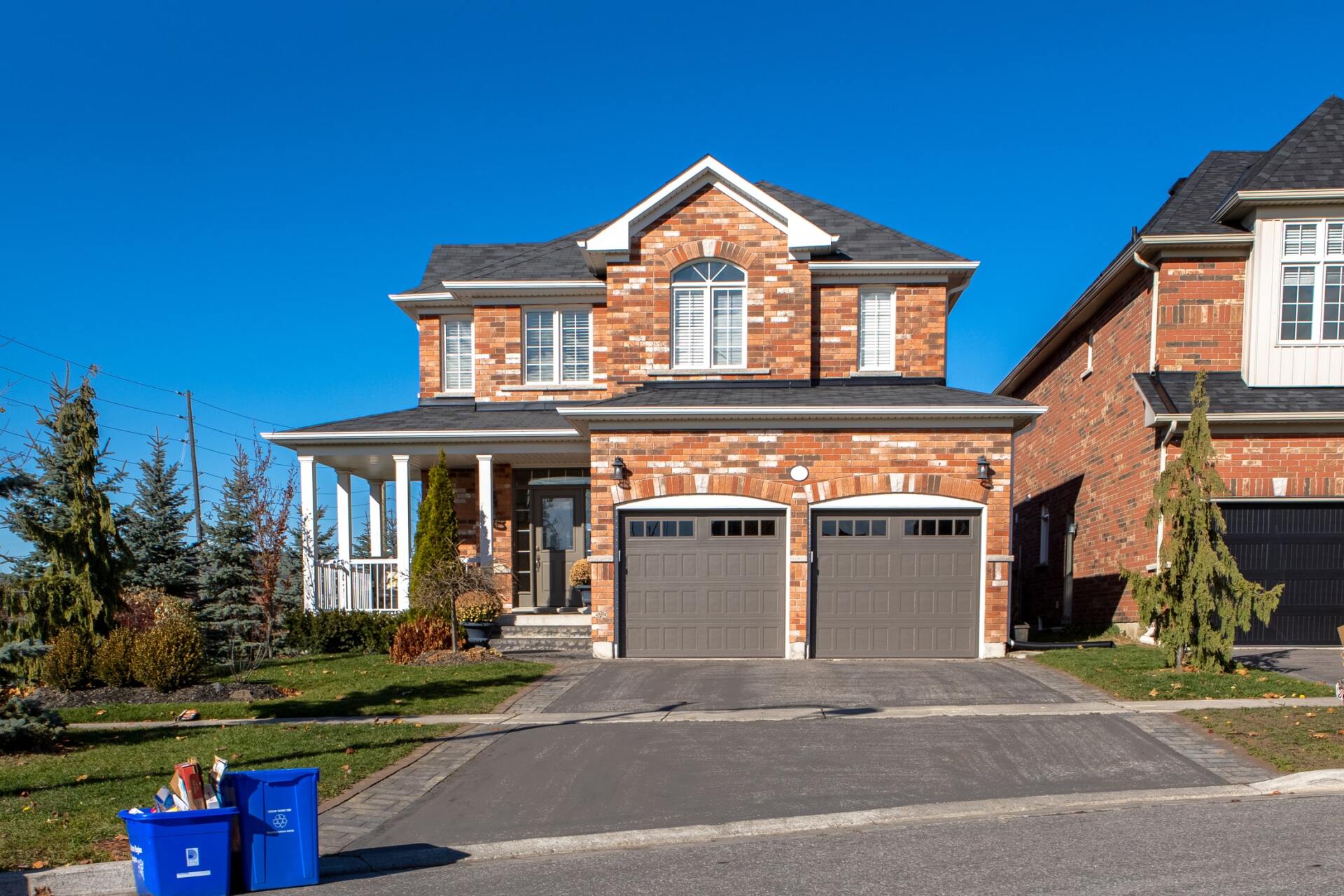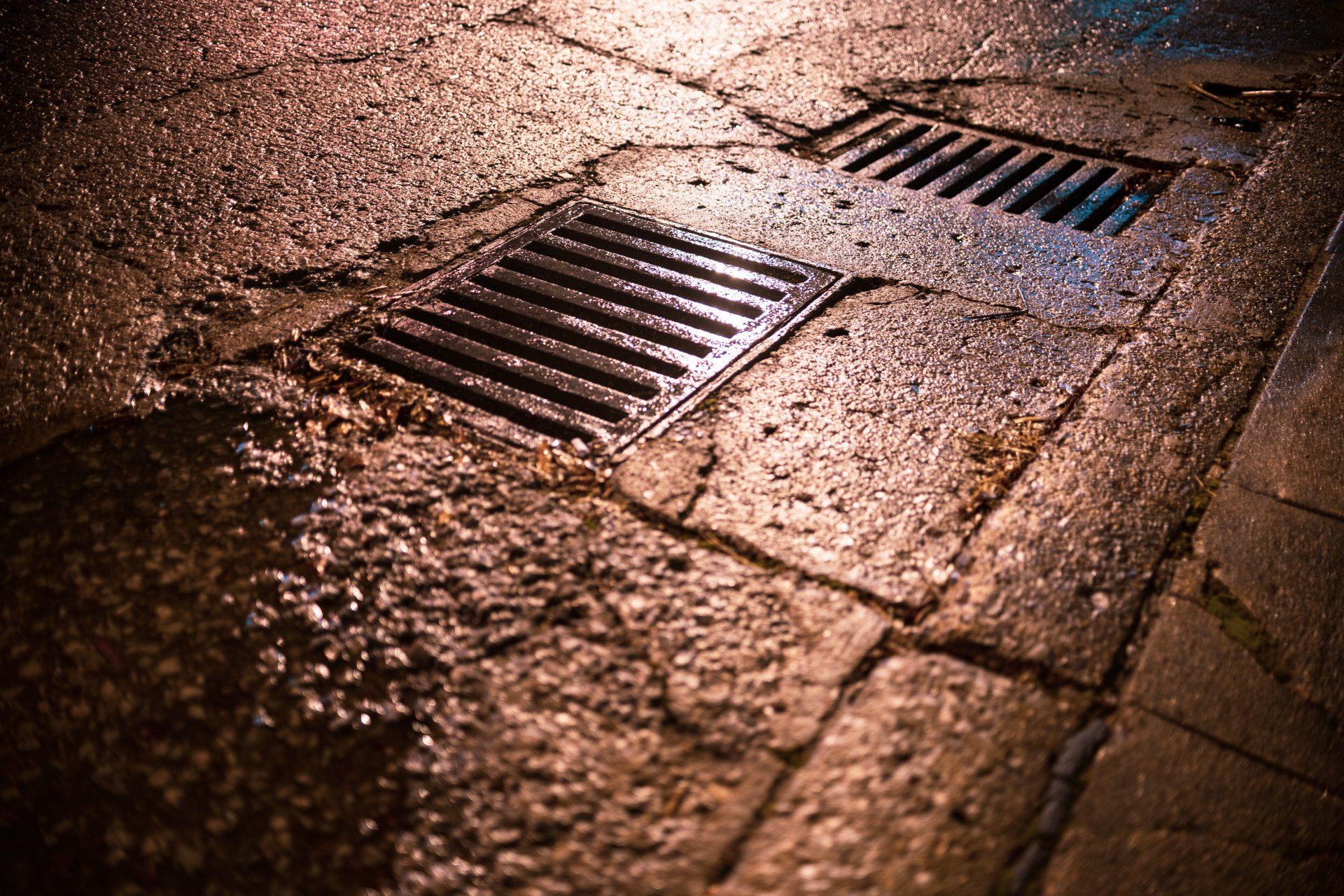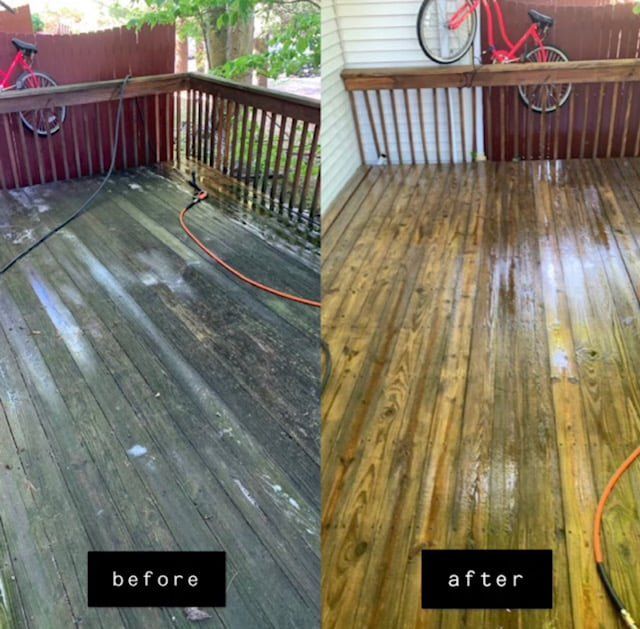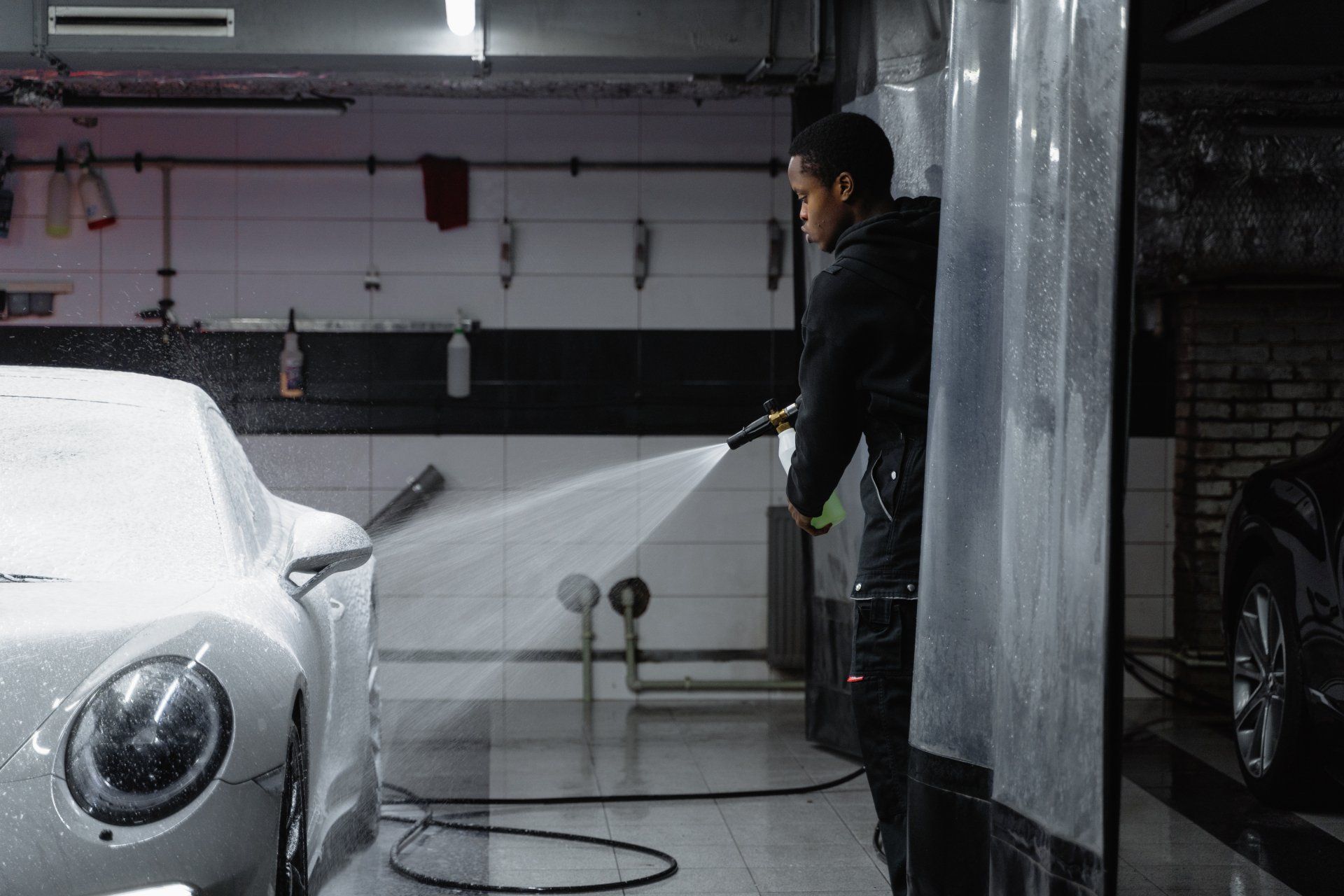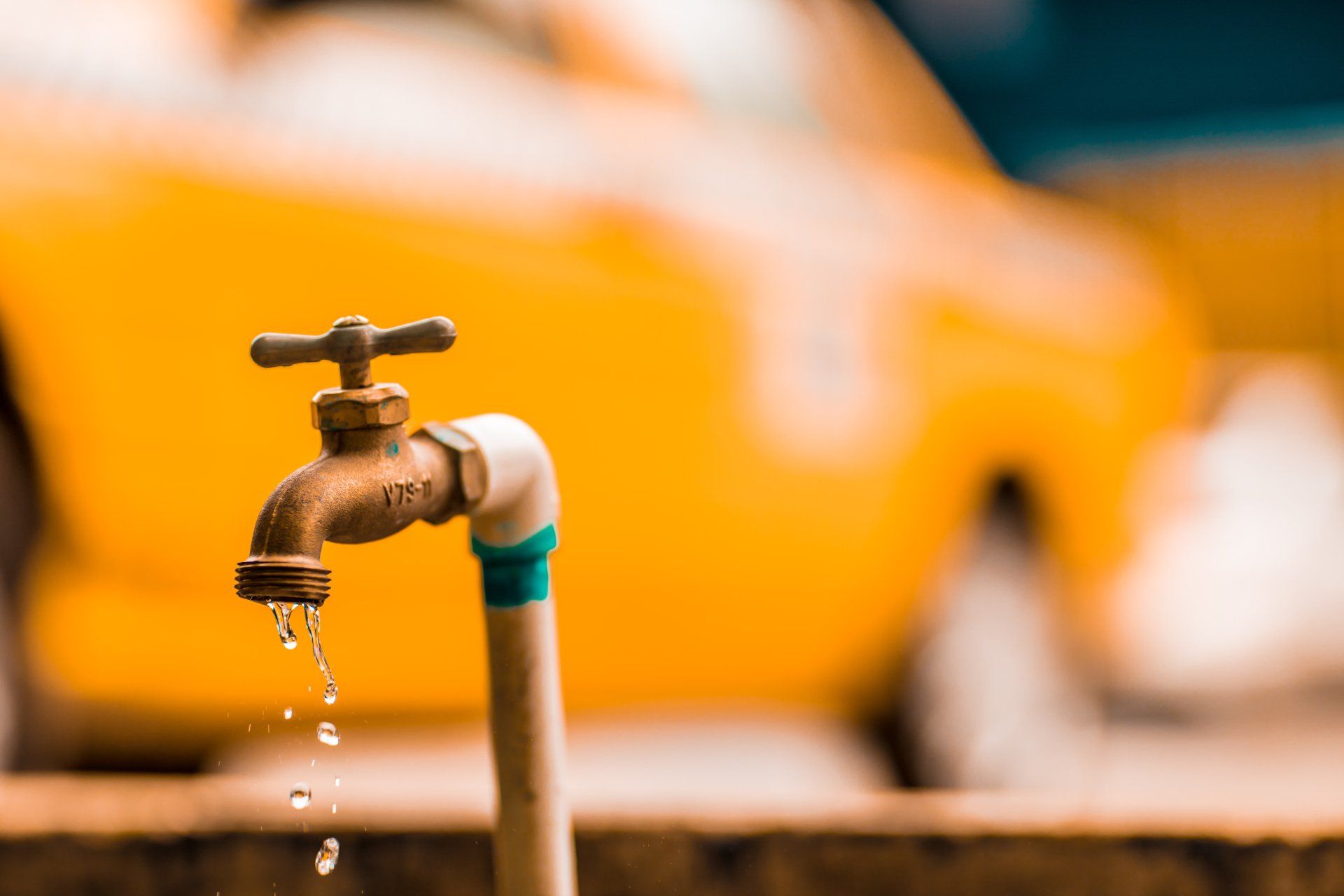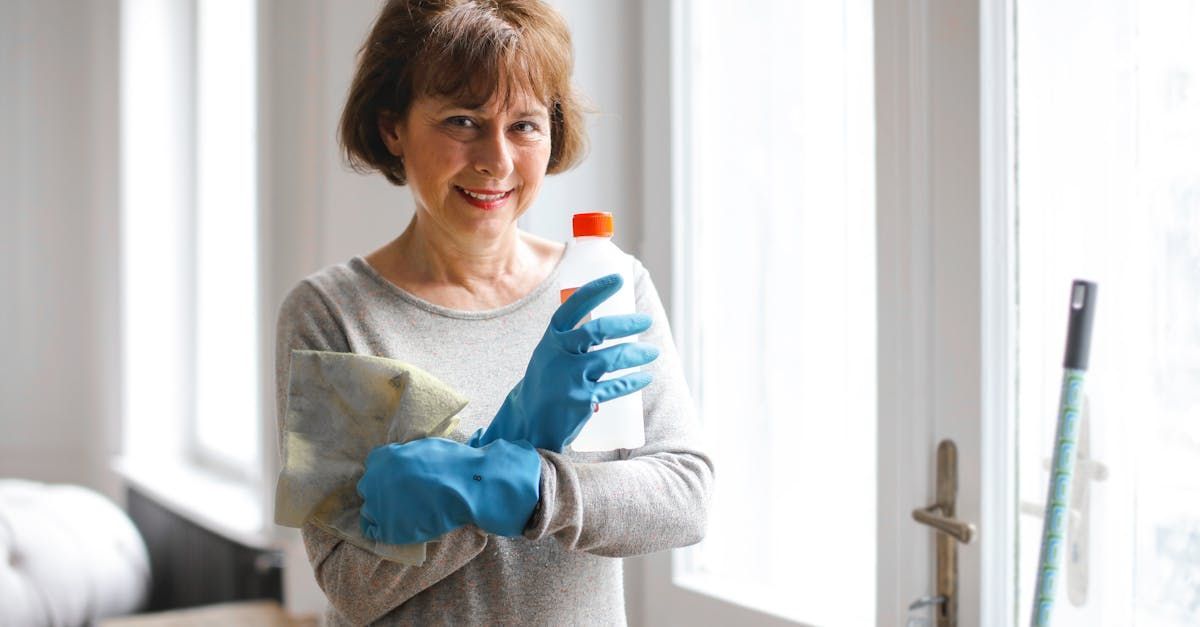What is the difference of Pressure Washing vs. Soft Washing
Choosing the Right Cleaning Method
Maintaining the cleanliness of your home's exterior surfaces is not just about aesthetics; it's also essential for preserving their structural integrity. When it comes to cleaning, two common methods are pressure washing and soft washing. While they may seem similar, they have distinct differences in terms of pressure, cleaning solutions, and surface suitability. In this article, we'll explore the key differences between pressure washing and soft washing to help you make an informed decision about which method is best for your specific cleaning needs.
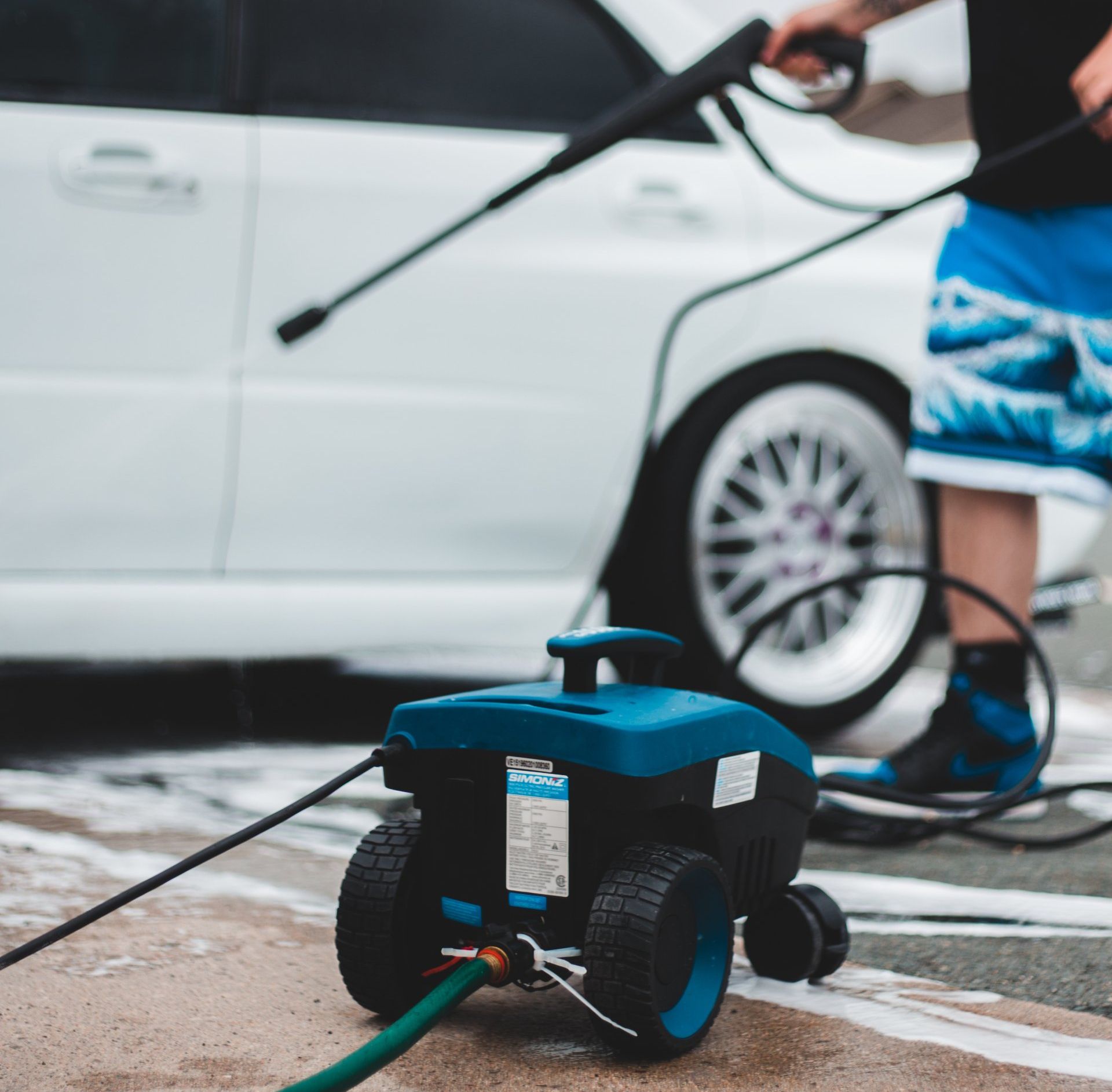
Pressure Washing
Pressure washing is a robust cleaning technique that employs high-pressure water to blast away dirt, grime, mold, mildew, and other contaminants from various surfaces. Here's a closer look at its characteristics:
Water Pressure: Pressure washing machines can deliver water at pressures ranging from 1,000 to 4,000 PSI. This high-pressure stream of water is highly effective for cleaning hard, durable surfaces like concrete driveways, brick walls, and some types of wood decks.
Cleaning Solutions: Pressure washing can be used with or without cleaning solutions, although detergents and cleaners are often optional. The primary cleaning mechanism is the force of the water itself.
- Surface Suitability: Pressure washing is best suited for surfaces that can withstand high-pressure water without damage. It is excellent for removing tough stains and prepping surfaces before painting or sealing.
- Safety Considerations: Due to the high pressure involved, operating a pressure washer requires caution. Safety gear, including protective eyewear and gloves, is essential to prevent injuries.
Soft Washing
In contrast, soft washing is a gentler approach that utilizes low-pressure water spray, usually under 1,000 PSI, in combination with specialized cleaning solutions. Here's what sets soft washing apart:
- Water Pressure: Soft washing relies on low-pressure water to apply cleaning solutions and rinse contaminants. The water pressure is significantly lower than that of pressure washing, making it a more delicate option.
- Cleaning Solutions: Soft washing heavily depends on cleaning solutions. These solutions are carefully formulated to break down and remove dirt, mold, mildew, and stains effectively. They are applied to the surface before using low-pressure water to rinse away the contaminants.
- Surface Suitability: Soft washing is ideal for cleaning more delicate surfaces, including vinyl siding, wood siding, asphalt roofs, stucco, and painted surfaces. It minimizes the risk of damage compared to high-pressure washing.
- Safety Considerations: Soft washing is generally safer for both the operator and the surfaces being cleaned due to the lower water pressure involved.
Choosing the Right Method
When deciding between pressure washing and soft washing, consider the following factors:
- Surface Type: Determine the type of surface you need to clean. Hard surfaces are better suited for pressure washing, while delicate surfaces require soft washing.
- Cleaning Objectives: Evaluate the level of cleaning required. Pressure washing is more suitable for heavy-duty tasks, while soft washing is effective for general cleaning and removing organic growth like mold and algae.
- Safety: Consider the safety of both the operator and the surfaces. Soft washing is the safer option for fragile materials.
- Environmental Impact: Soft washing often uses eco-friendly, biodegradable cleaning solutions, making it a greener choice.
Conclusion
In conclusion, pressure washing and soft washing are distinct cleaning methods, each with its strengths and applications. The choice between the two depends on the surface you need to clean, the level of cleaning required, safety considerations, and your environmental preferences. By understanding these differences, you can make an informed decision and ensure the optimal cleaning of your home's exterior surfaces.


